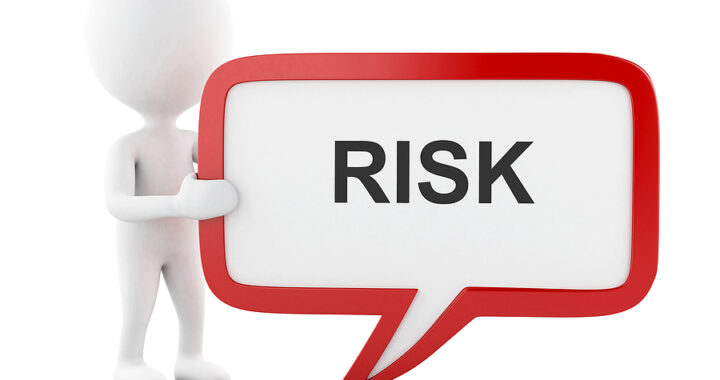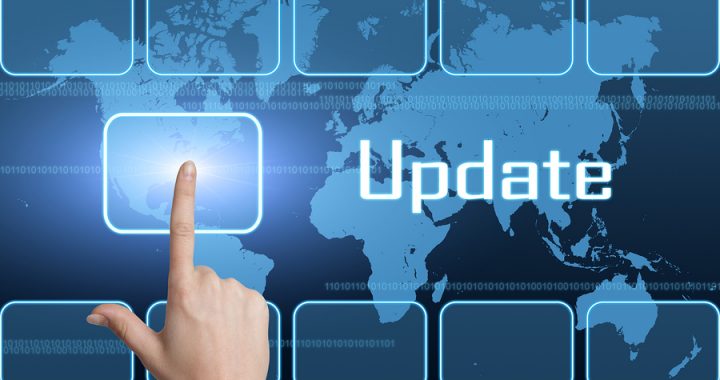
Do a podcast they said, it’s easy they said!
Sure it is!
A touch of sarcasm there I am afraid.
My first idea for a podcast was to interview people who had been targeted, exploited and/or who had experienced a cyber event.
It would be full of information about, no wait…..
No one is going to talk about being breached!
That conversation, if they had lost thousands of dollars or worse closed their doors, would be way tooooo painful.
Although it would be of huge benefit to others and my target audience it would definitely be detrimental to the interviewee’s health
If they survived, talking about it would have a negative impact on their revenue, reputation and brand.
Not the best idea I have had.
Scratch that!
Second idea!
Let’s interview people in the industry.
A bit of research on the interwebs and it confirmed a long-standing realization that not-for-profit organisations, charities and small and medium businesses are treated shoddily by the cybersecurity industry.
After a couple of conversations, I soon realized that the best in cyber had very little understanding of the space that is occupied by organisations with less than 50 staff.
There are a number of people that are in the cyber industry who are wholly based in normal business and who understand cyber and smaller organisations.
I actually hope that I can interview them, but
Most do not understand the challenges and problems associated with a struggling small and medium business environment.
Where making a simple decision could mean that you have a cash flow issue, a marketing issue, a cyber problem or a going out of the business problem
So number 3 idea was born
There are two areas where everyone has problems in cyberspace.
The first are NFPs, Charities and SMEs.
Second, are the elderly and mature.
Coming soon as a podcast and video:
“Need help – ask Roger”
Cybersecurity for normal small businesses.
Some straight answers to cyber questions that the others are reluctant to answer.
A podcast about how to build resilience and security into your business from the basics up.
Get answers to the questions that you need to ask about business security
And to make myself even busier I thought,
“An old persons take on protecting their digital stuff”
The most under-protected user of the digital world are the elderly, retired and mature
This area of the population are uneducated and ill-informed but most important they are innocent to the true capability of the cyber-criminal.
This makes them the number one target for the cyber creep.
They are under constant attack through scams, extortion and fear-mongering.
Hopefully going to be launching them both this month, see lockdown has some advantages.
The first episodes of both of them went live this week all I have to do is find the URL for them
#nonprofits #smallbusiness #ExecutivesAndManagement #AccountingAndAccountants #ProfessionalWomen #ceo #CareMIT #cybersecurity #infosec











